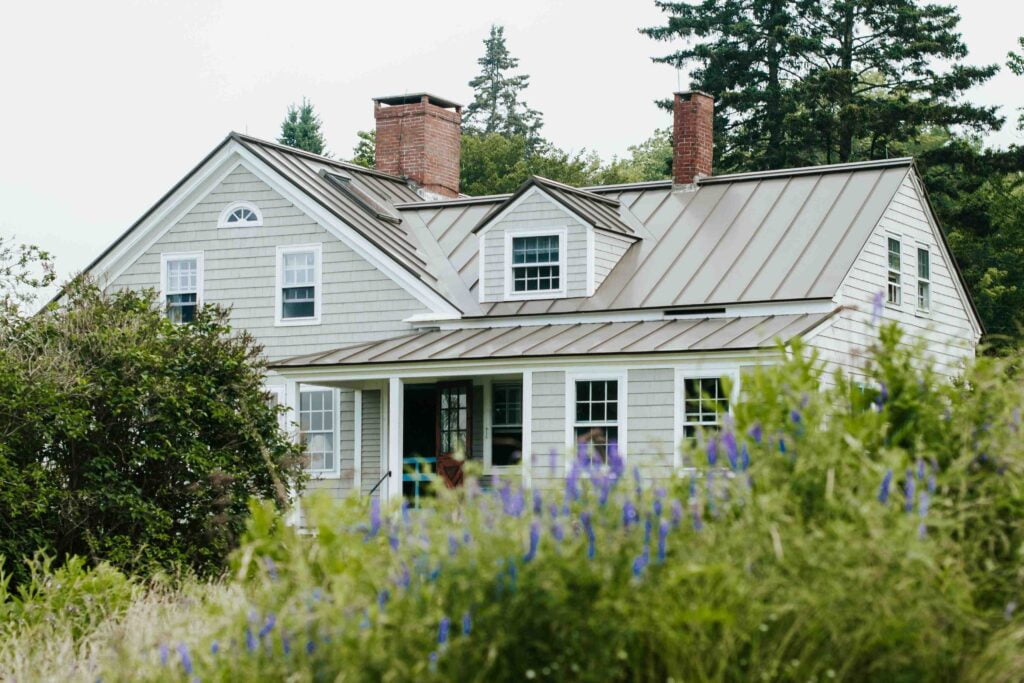Indoor Plants That Thrive Without Sunlight
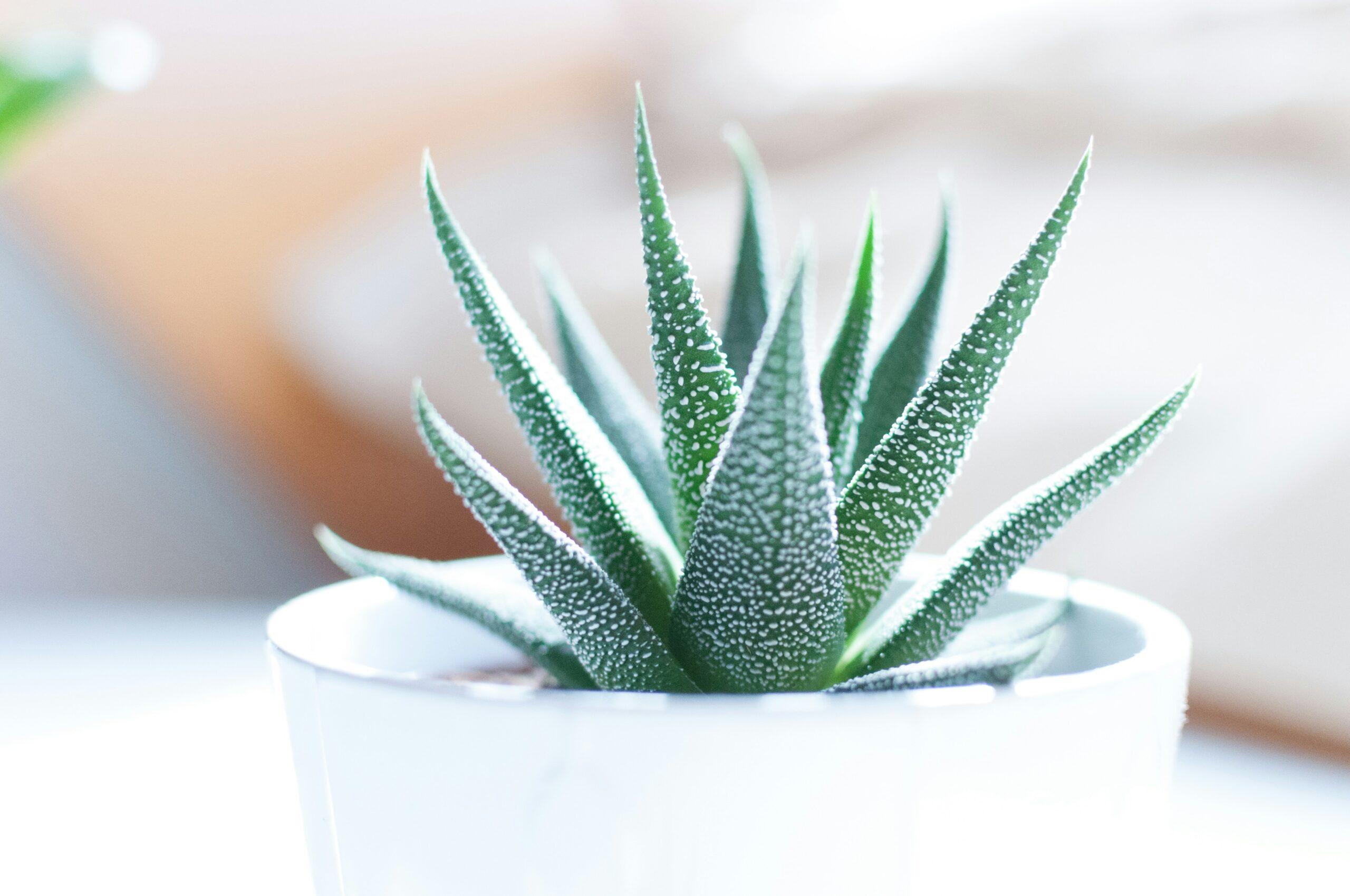
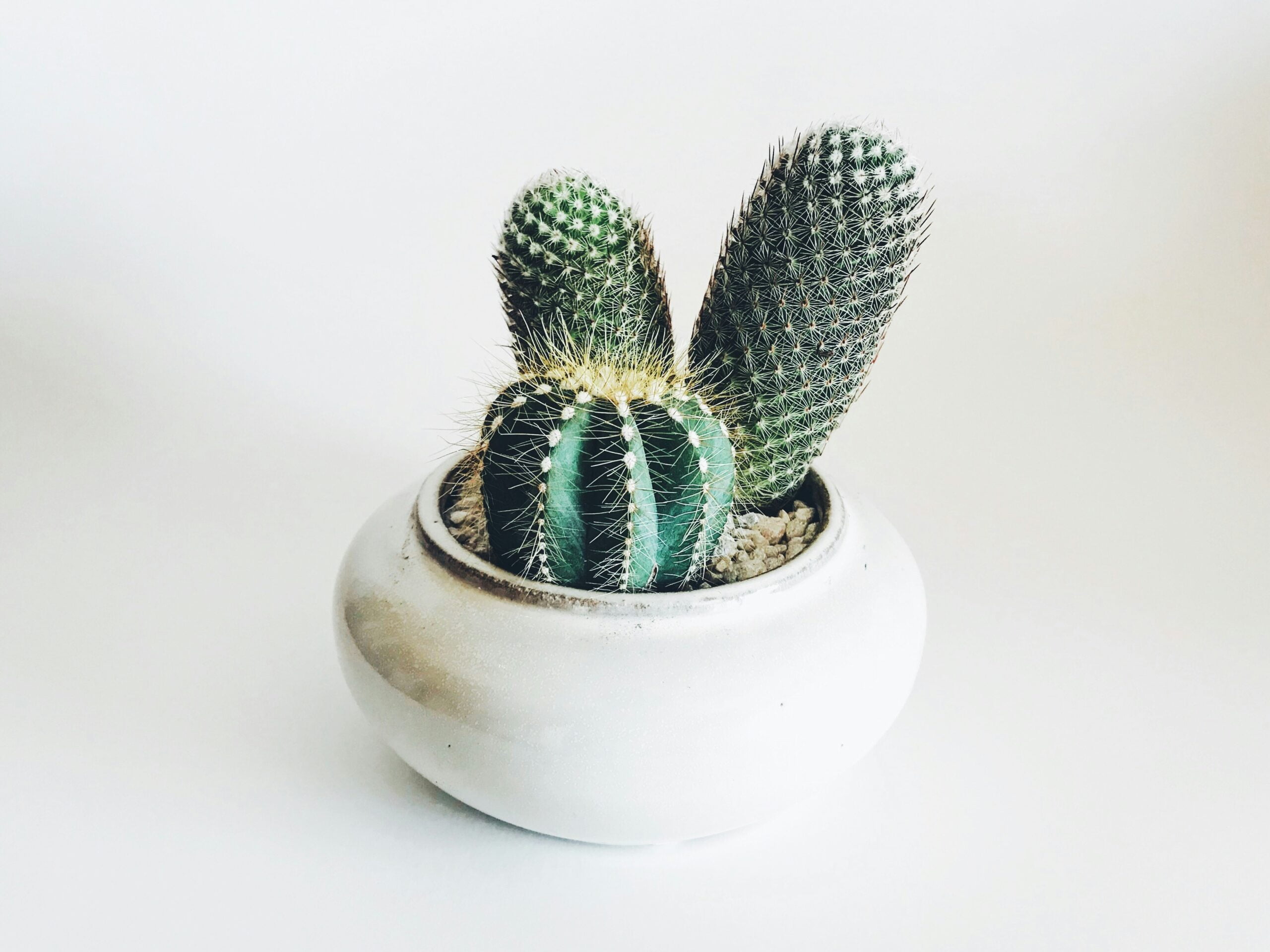
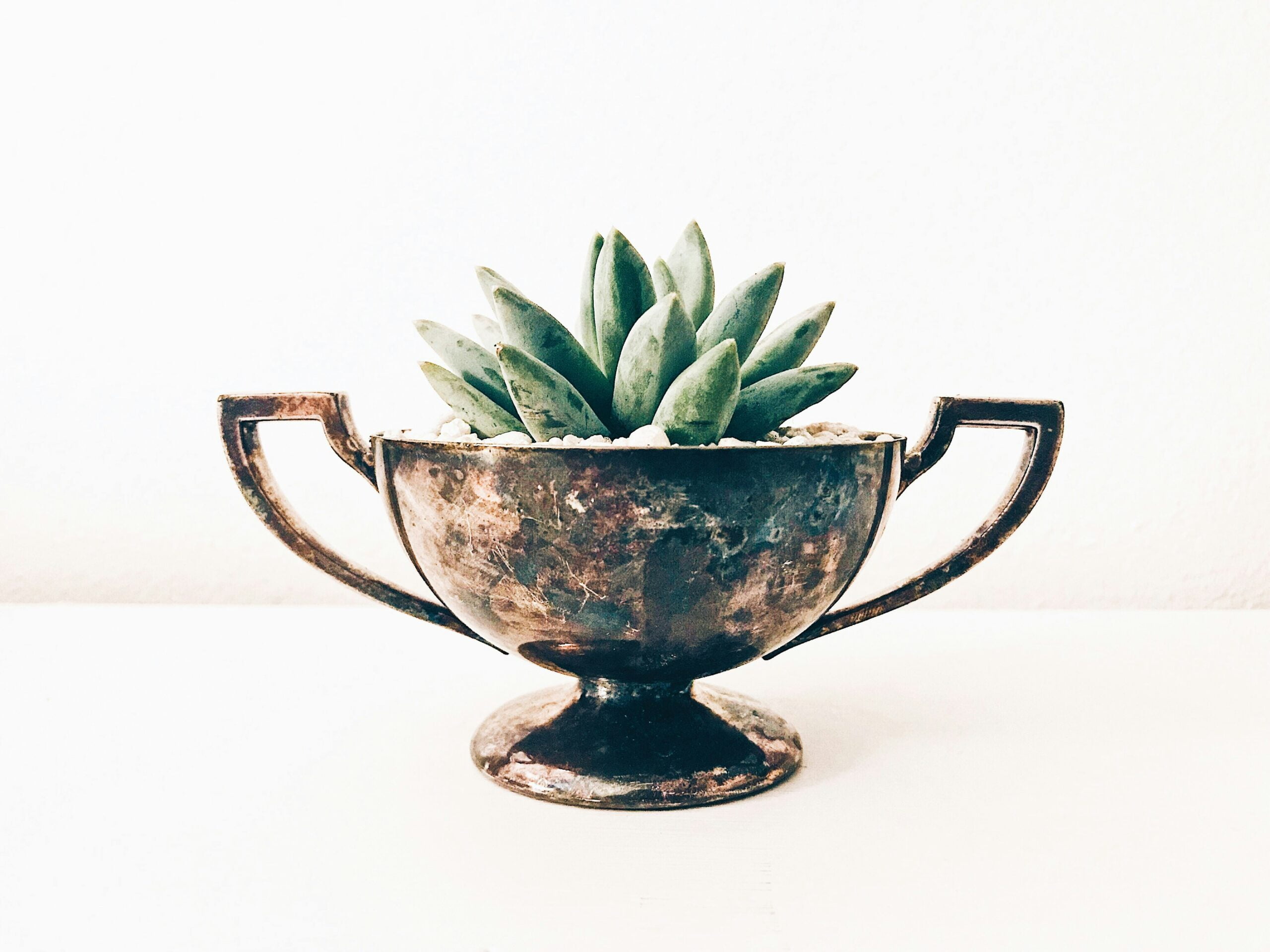
Hey there! Did you know that having some lovely houseplants can bring happiness to our lives? They don’t just add beauty to our homes but also provide us with fresh oxygen and give us something to care for. Houseplants are an excellent way to bring some life into your home. However, if you need more natural light, finmayplanons that will thrive indoors might be tricky. But don’t worry, there are still plenty of choices! The big question is, how can you grow indoor plants if you have low light or no sunlight? You might remember that your third-grade teacher said that plants need sunlight to grow, but we can explore some other options.
Let me help you find some great indoor plants that will flourish in your home!
The Grow Without Sunlight 13 Indoor Plants
Snake Plant
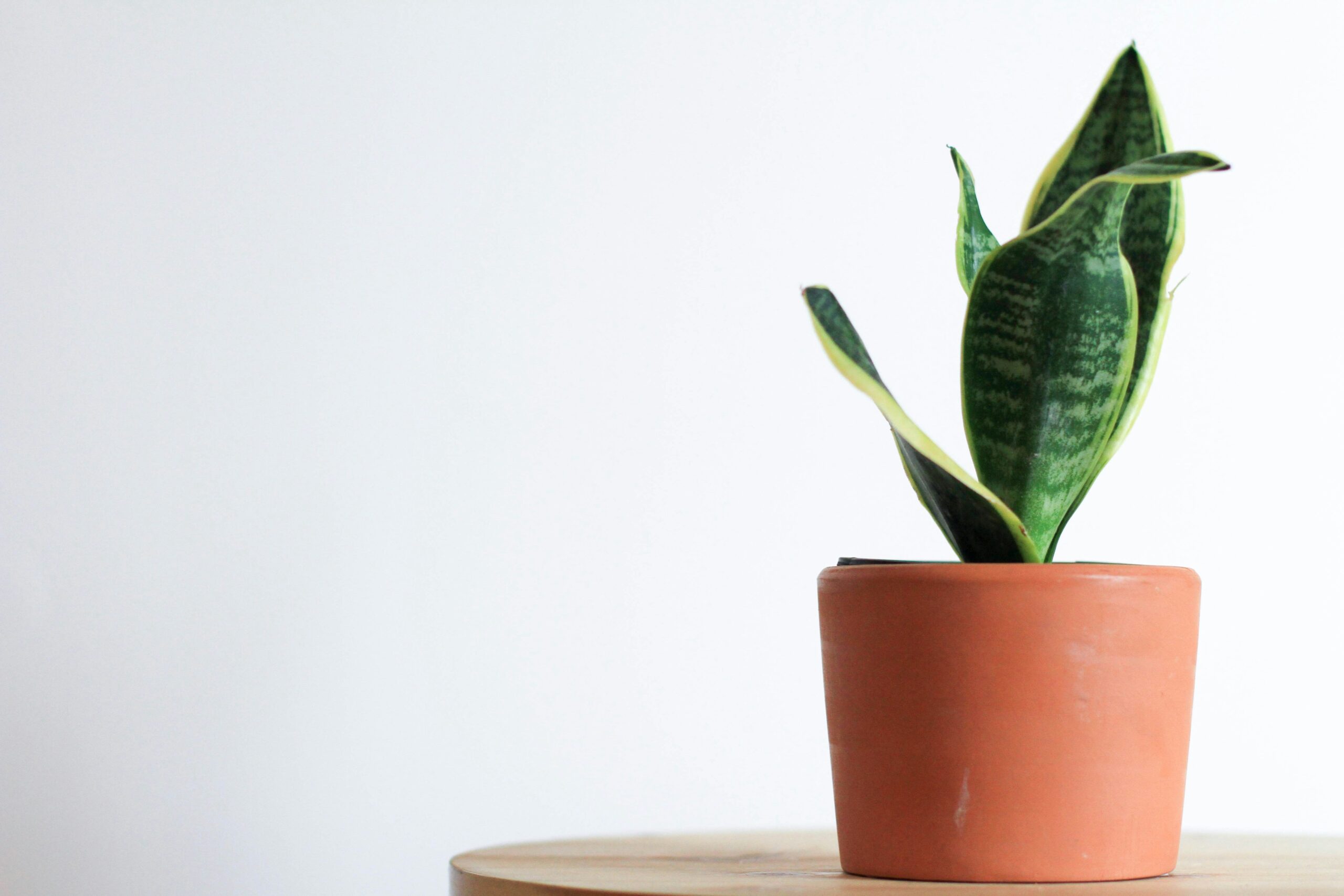
Are you looking for a plant that’s easy to care for and still looks fantastic? Look no further than the Snake plant, also known as Dracaena trifasciata! This beauty is well-known for its slender leaves and gorgeous foliage. And when it’s in full bloom, you’ll love its sweet-smelling, small, lily-like flowers on a single stem.
Also, here’s a little secret: this plant is perfect for beginner plant lovers because it can endure drought-like conditions. It is available in many dimensions: 12 to 36 inches in height and 6 to 36 inches in width. It will flourish with only a little well-drained soil and sunny to low light!
2. ZZ Plant
Hey there! If you’re looking for a plant that is easy to care for and can thrive in low light and drought conditions, the ZZ plant is a great option. This slow-growing plant is a perfect addition to any home with its solid green foliage and upright stems. If you’re looking for something unique, the “Raven” cultivar has leaves that start off light green and then change to a near-black color. It’s very fantastic! The ZZ plant may grow up to five feet tall and two to 3 feet wide.
Its growth requirements are mild to bright, indirect light, and well-drained soil. So, if you’re ready to add some greenery to your space, the ZZ plant is a great choice!
3. Peace Lily
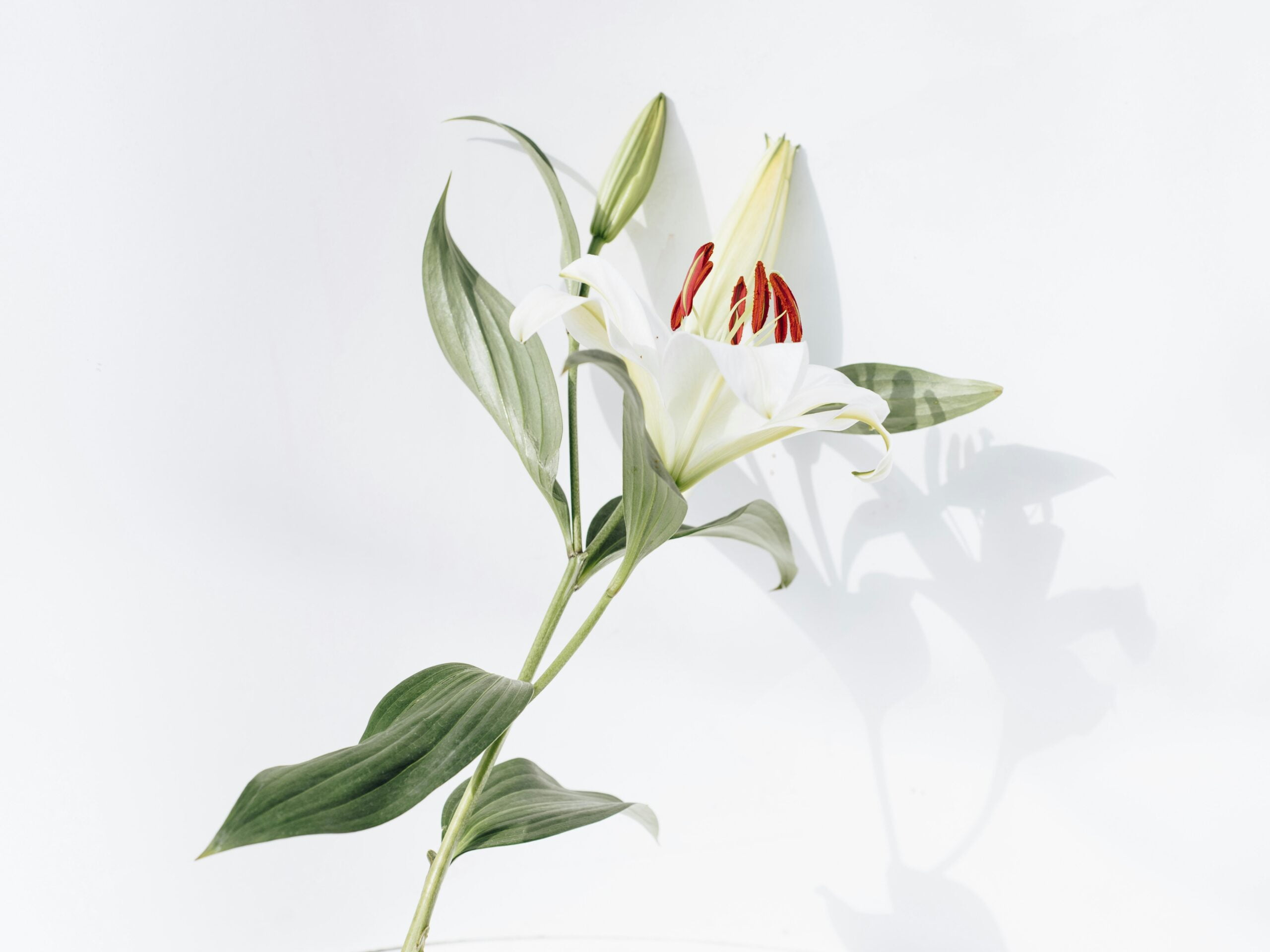
Peace lily is a charming plant known for its beautiful white blooms and dark green leaves. It’s a moisture-lover and can grow up to 1-4 feet tall and wide. It needs low to bright light and well-drained soil. If the structure resembling white petals dies, you may help rebloom by providing healthy soil, hydration, and sunshine.
4. Pothos

The Pothos plant is a good option for areas with low-light conditions. These plants have long vines that can grow up to 20 feet long and look great in hanging baskets. Pothos plants have leaves that vary in color and are easy to propagate by placing cuttings in water. They grow well in soil draining well and tolerate low to bright indirect light.
5. Parlor Palm
The Parlor Palm, also known as Chamaedorea elegans, is a palm tree that grows slowly and can reach up to several feet in height. It is important to note that this plant prefers to be only slightly dry, so over-watering should be avoided. Because it is found in the understory of its natural habitat, it is very adaptable to indoor low-light areas that many other plants cannot survive in.
The plant typically grows 2 to 6 feet tall and 2 to 3 feet wide. The Parlor Palm thrives in growing conditions with low to bright indirect light and requires well-drained soil.
6. Chinese Evergreen
Consider Chinese evergreen if you want to add color to a dark corner (Aglaonema sp.). This beautiful plant is famous for its foliage, which comes in various colors, from silver to pinkish red. The maximum height and width for the plant is four feet. The maximum height and width for the plant is four feet.
It thrives in well-draining soil and can tolerate low to bright indirect light.
7. Lady Palm
Lady palm, scientifically known as Rhapis Excelsa, is a palm tree that grows at a languid pace. The plant has a distinct foliage shaped like a hand and dark green. With time, lady palms can grow quite tall, but it takes several years to reach full height.
The size of the lady palm tree is around six feet tall and four feet wide. For the plant to thrive, it requires well-drained soil and low to bright indirect light conditions. This palm tree is one of those indoor plants that can flourish without direct sunlight.
8. Spider Plant

The spider plant (Chlorophytum sp.) is a well-liked indoor plant with distinct foliage. It produces baby plantlets that hang from long stems and can be used to propagate more plants. It is best to let the soil get slightly dry between watering, and it can tolerate indirect light. This makes it perfect for areas where some light is available.
The plant can grow up to one to two feet tall and 1 to 3 feet wide. It needs low to bright indirect light and a well-drained soil mix suitable for houseplants. Grow with spider plants tips.
9. Prayer Plant
The Red Prayer Plant is stunning, with shiny dark green leaves and bright red veins that add color to any room. It prefers low light or indirect sunlight and must be watered regularly to avoid getting water on the leaves. At night, it folds its leaves like prayer hands, which is where its name comes from. With proper care, the Red Prayer Plant will thrive and impress.
10. Cast Iron Plant
The cast iron plant, or Aspidistra elator, is a low-maintenance houseplant that can tolerate various growing conditions. It has tall, broad leaves with variegation patterns and grows slowly. The plant may tolerate mild to indirect solid light but should not be exposed to direct sunlight.
- It does well in well-draining soil and can reach a height of two to three feet and a width of 1 to 2 feet.
11. Silver Pothos
The cast iron plant is a low-maintenance houseplant that can tolerate different growing conditions. It has tall, broad leaves with variegation patterns and grows slowly. The plant should be kept from direct sunlight but can take low to bright indirect light. It does well in well-draining soil and can grow up to three feet tall and 1-2 feet in width.
12. Inch Plant

The inch plant, or Tradescantia zebrina, is a houseplant that can tolerate low light. It needs more light than other indoor plants to keep its purple-and-silver leaves bright, but don’t put it in direct sun’s sunlight, or the colors will fade. Let the soil dry between waterings to avoid root rot. The plant grows 6-12 inches tall and 1 foot wide and likes well-drained soil in low to bright, indirect light.
13. Asparagus Fern
Introducing the magnificent Asparagus fern, also known as Asparagus setaceus! This impressive plant features long fronds with tiny, hair-like leaves that radiate in all directions with a delightful bright green color and a delicate texture. Perfect for humid conditions, such as your bathroom, this plant will bloom beautifully when given proper care.
Measuring up to 36 inches tall and up to 36 inches wide, the Asparagus fern requires well-drained soil and thrives under low to bright, indirect light. This plant adds to sure a touch of elegance and beauty to any space!
FAQS
- Can indoor plants survive without sunlight?
Indoor plants can grow without bright sunlight. Shade-loving plants need only indirect or artificial light from regular bulbs.
- What plants can grow indoors without light?
Here are ten houseplants that don’t need sunlight: Peacock Plant, Dumb Cane, Dragon Tree, Spider Plant, Heart-Leaf Philodendron, Peace Lily, and Chinese evergreen.
- How much light do houseplants need?
Most of the time, plants don’t get enough light outside; they need 16 to 18 hours daily. 12 to 14 hours a day might be sufficient if some extra light is received. Plants should receive window light at the same time that lights are employed.
- Can plants grow outside without direct sunlight?
Plants without outdoor light need 16-18 hours of light daily. If some light is present, 12-14 hours may suffice. Use lights with window light.
- Can plants grow with artificial light?
Indeed, artificial lighting is beneficial to plants, particularly in low-light conditions. Lighting made of several types of fluorescent, incandescent, induction, or LED bulbs can enhance photosynthesis and support healthy plant growth by providing extra light for plants that might not get enough daylight.
Conclusion
Although they don’t produce vivid flowers, these plants that thrive in low-light conditions make up for it with their gradual and consistent growth and sizeable, green leaves., optimizing their ability to capture available light for sustenance. Patience is vital when caring for these plants, as they may take longer to reach maturity. Plants help bring many changes in people’s lives. Click to go more to live a beautiful life.


